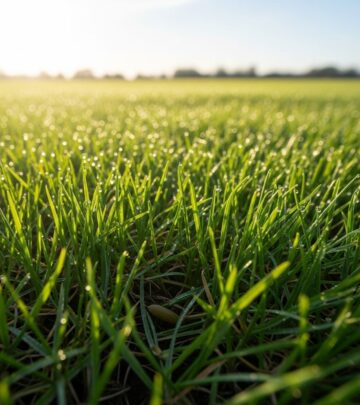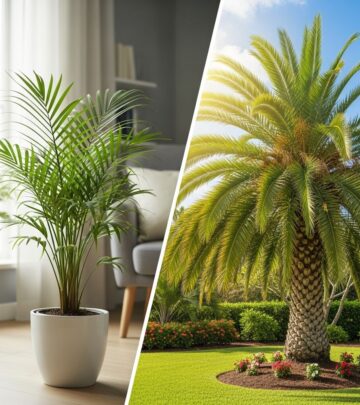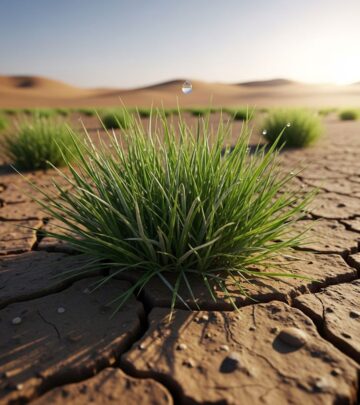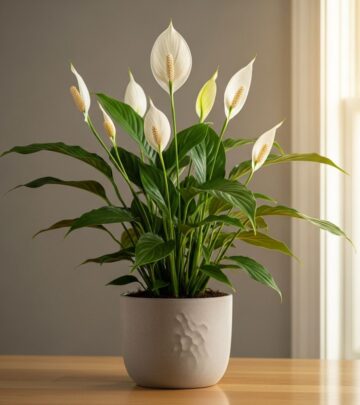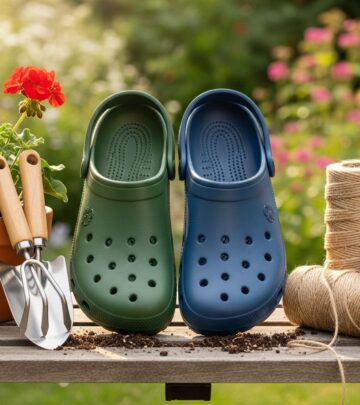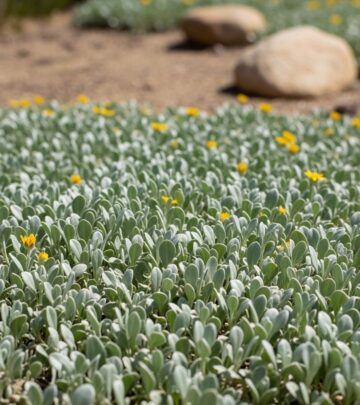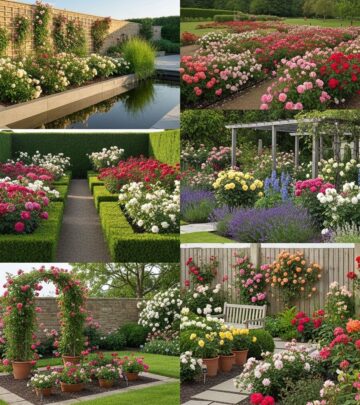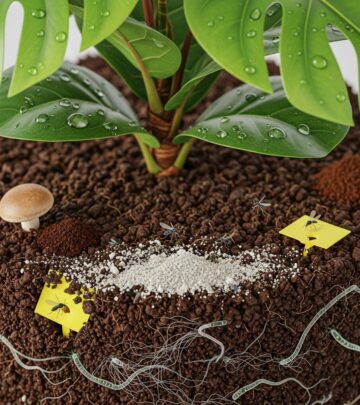How To Control Slugs And Snails: Proven Organic Solutions
Say goodbye to unwanted pests in your backyard with natural, proven garden defense tips.
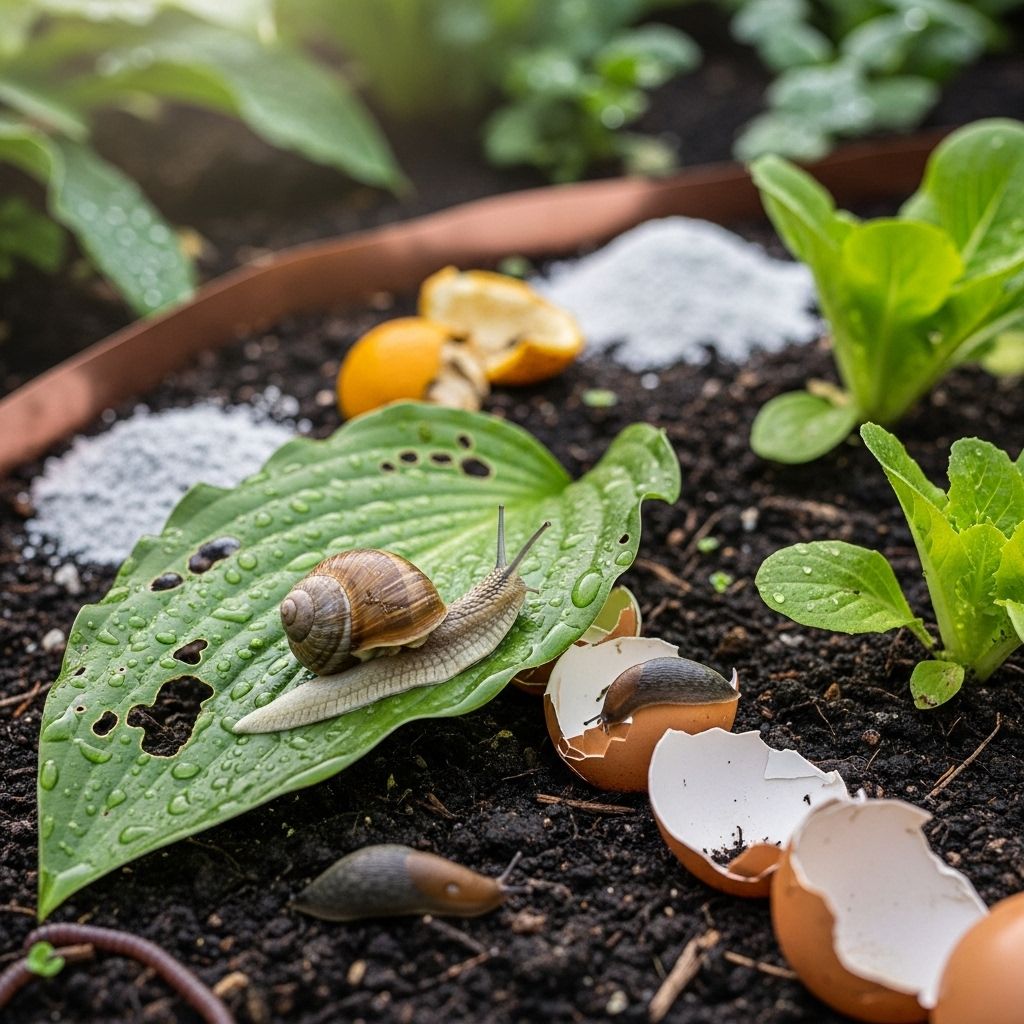
Image: HearthJunction Design Team
How to Control Slugs and Snails: Organic and Effective Solutions for Your Garden
Slugs and snails are among the most frustrating pests for gardeners, capable of devastating young seedlings and damaging prized plants almost overnight. Understanding their habits, the plants they target, and the best control methods helps you fight back—without resorting to harsh chemicals. This guide explores practical, eco-friendly ways to manage these persistent mollusks, protect your plants, and encourage a healthy garden ecosystem.
Understanding Slugs and Snails
Slugs and snails are soft-bodied mollusks that thrive in moist, sheltered environments. They are most active at night or on damp, overcast days, feeding on a wide variety of plants by rasping holes in leaves and stems. The damage is often sudden and severe, especially on tender seedlings, vegetable crops, and delicate ornamentals.
- Slugs have soft, elongated bodies and lack shells.
- Snails are similar but possess a hard, coiled shell for protection.
- Both leave behind a telltale silvery slime trail as they move.
Why Control Slugs and Snails?
Unchecked, slugs and snails can quickly destroy young plants and reduce garden yields. They are particularly harmful in spring and autumn when conditions are moist and many plants are producing lush, tender growth. Some reasons for active management include:
- Preventing damage to vegetable seedlings and leafy crops.
- Protecting ornamental plants from aesthetic harm.
- Reducing the need for chemical interventions.
Identifying Slug and Snail Damage
Recognizing slug and snail activity early is key to effective intervention. Look for:
- Irregular holes chewed in leaves, stems, and flowers.
- Silvery, slimy trails on soil, pots, or plant surfaces.
- Damaged seedlings that collapse or go missing overnight.
Where Slugs and Snails Hide
During the day, slugs and snails seek cool, damp hiding spots. Common hiding places include:
- Under rocks, logs, or garden debris.
- Beneath large leaves or inside dense plantings.
- In cracks in soil or between raised bed boards.
- Under pots and containers.
Plants Most at Risk
Not all plants attract slugs and snails equally. Some of their favorite targets include:
- Lettuce, spinach, and other leafy greens
- Hostas and delphiniums
- Young vegetable seedlings (beans, squash, cucumbers)
- Strawberries and marigolds
- Petunias and dahlias
Plants with tough, aromatic, or hairy leaves (like lavender and sage) are rarely affected and can even be used as part of your garden’s defense strategy.
Prevention: The First Line of Defense
Prevention is often more effective than cure. To minimize slug and snail problems, try the following cultural tips:
- Garden Hygiene: Remove debris, dead leaves, and other hiding places regularly.
- Watering Practices: Water early in the day so the soil is dry by evening, making conditions less favorable for slugs and snails.
- Protect Seedlings: Grow young plants until they are robust before planting them outside. Delay planting out seedlings until they reach a decent size to withstand some slug damage.
- Use Barriers: Place fabric or mesh at the base of pots to block access from below.
- Choose Resistant Plants: Integrate slug-resistant varieties such as lavender, rosemary, sage, ferns, cyclamen, hydrangea, California poppy, nasturtium, and lantana in high-risk areas.
Physical Barriers and Traps
Physical exclusion and trapping are among the most effective organic solutions. Here are some proven methods:
Beer Traps
Beer traps lure slugs and snails with the scent of beer. To make your own:
- Bury a shallow container (like a yogurt pot) so the rim is level with the soil.
- Fill with beer (about 1 inch deep). The pests are attracted to the scent, crawl in, and drown.
- Check and empty the traps daily. Replenish beer as needed.
- Alternatively, use a mix of water, sugar, and yeast in place of beer.
Copper Barriers
Copper delivers a mild electric shock to slugs and snails, repelling them:
- Wrap copper tape or wire around the rim of pots or around raised beds.
- Ensure the area is free of pests before installation to avoid trapping them inside.
- Regularly check barriers and keep them free from soil and debris for continued effectiveness.
Diatomaceous Earth and Crushed Eggshells
- Sprinkle diatomaceous earth around vulnerable plants; its fine, abrasive texture deters slugs and snails.
- Crushed eggshells, sand, or sawdust may also act as deterrents by creating uncomfortable surfaces to cross.
- Always wash eggshells first to prevent attracting rodents.
Cultural and Organic Methods
There are numerous ways to make your garden less welcoming to slugs and snails using organic strategies:
- Encourage Natural Predators: Birds (such as blackbirds), frogs, ground beetles, and hedgehogs all consume slugs. Create habitats such as hedges, berry shrubs, and logs to attract and support these allies.
- Hand-picking: Search for slugs and snails at dusk or after rain with a flashlight. Wear gloves, collect the pests, and dispose of them in soapy water or sealed bags.
- Mulch Smartly: Use mulches (like pine needles or straw) that deter slugs, or avoid dense mulches that provide shelter.
- Coffee Grounds: Sprinkle used coffee grounds around susceptible plants. The caffeine can repel slugs, and grounds add organic matter to the soil.
- Seaweed: Spread fresh or dried seaweed around plants. Its salty, rough texture discourages mollusks.
Using Slug Pellets and Chemical Controls
While there are chemical options, they should be considered a last resort due to their potential impact on wildlife, pets, and beneficial insects. Many gardeners seek out iron phosphate-based pellets as a less toxic alternative, but organic and cultural controls are generally preferred for eco-friendly gardening.
Creating a Slug-Free Zone
It’s nearly impossible to eliminate slugs and snails from an entire garden, but you can create a protected zone around your most vulnerable or valuable plants:
- Focus your efforts on key areas like seedling beds, cold frames, or raised beds.
- Combine physical barriers (copper, mesh, or raised pots) with regular hand-picking and habitat management.
- Don’t overfeed young plants as lush, sappy growth attracts slugs.
- Delay planting out until plants are large enough to withstand some browsing.
Frequently Asked Questions (FAQs)
Q: What time of day are slugs and snails most active?
A: They are most active at night or in damp, cloudy weather. Evening checks and interventions are most effective.
Q: Can salt be used to kill slugs and snails?
A: Salt will kill slugs and snails by dehydration, but it increases soil salinity and harms plants and soil health. Avoid using salt in the garden.
Q: Are homemade remedies like coffee grounds and eggshells truly effective?
A: Many gardeners have mixed results. Some swear by these remedies, while others find little impact. However, they can provide minor deterrent effects and improve soil quality when used appropriately.
Q: What should I do with collected slugs and snails?
A: Place them in a bucket of soapy water or a sealed bag for disposal. Alternatively, leave crushed bodies in the garden—birds and beetles will consume the remains.
Q: Which plants are least likely to be eaten by slugs and snails?
A: Woody plants, ornamental grasses, and aromatic herbs such as lavender, rosemary, and sage tend to resist slug and snail damage.
Q: Will removing mulch help with slug and snail infestations?
A: Dense mulches provide shelter and moisture for slugs and snails. Choose mulches that deter them, like pine needles, or use minimal mulch in high-risk areas.
Summary Table: Common Organic Controls
| Method | How It Works | Advantages | Limitations |
|---|---|---|---|
| Beer Traps | Attracts and drowns slugs/snails | Very effective, easy to set | Needs frequent emptying/refilling |
| Copper Barriers | Repels by electric shock | Stops ingress, reusable | Doesn’t help if pests inside area |
| Diatomaceous Earth | Creates abrasive barrier | Natural, non-toxic | Needs reapplication after rain |
| Eggshells/Sand | Makes surface uncomfortable | Recycles kitchen waste | Effectiveness varies |
| Hand Picking | Physically removes pests | Immediate results | Time-consuming |
| Encouraging Predators | Increases natural control | Long-term, sustainable | Requires suitable habitat |
Conclusion
Slugs and snails may be persistent pests, but with a combination of good gardening practices, organic barriers, traps, and encouragement of natural predators, you can keep their numbers in check and your plants thriving. Regular monitoring, proactive interventions, and a healthy, diverse garden environment are the keys to success.
Quick Tips for Success
- Inspect plants regularly, especially after rain or in damp conditions.
- Rotate between different control methods for best results.
- Remember that achieving total eradication is not realistic; focus on protection and population management.
- Encourage wildlife and plant a mix of resistant and susceptible species.
References
- https://www.gardenersworld.com/plants/how-to-stop-slugs-eating-young-plants/
- https://greensideup.ie/slugs-how-to-deal-with-them-organically/
- https://beginfamilyfarm.com/blogs/farm-blog-and-news/pest-control-slugs
- https://ipm.ucanr.edu/PMG/PESTNOTES/pn7427.html
- https://sowrightseeds.com/blogs/planters-library/getting-rid-of-slugs-and-snails-in-garden
Read full bio of Srija Burman



